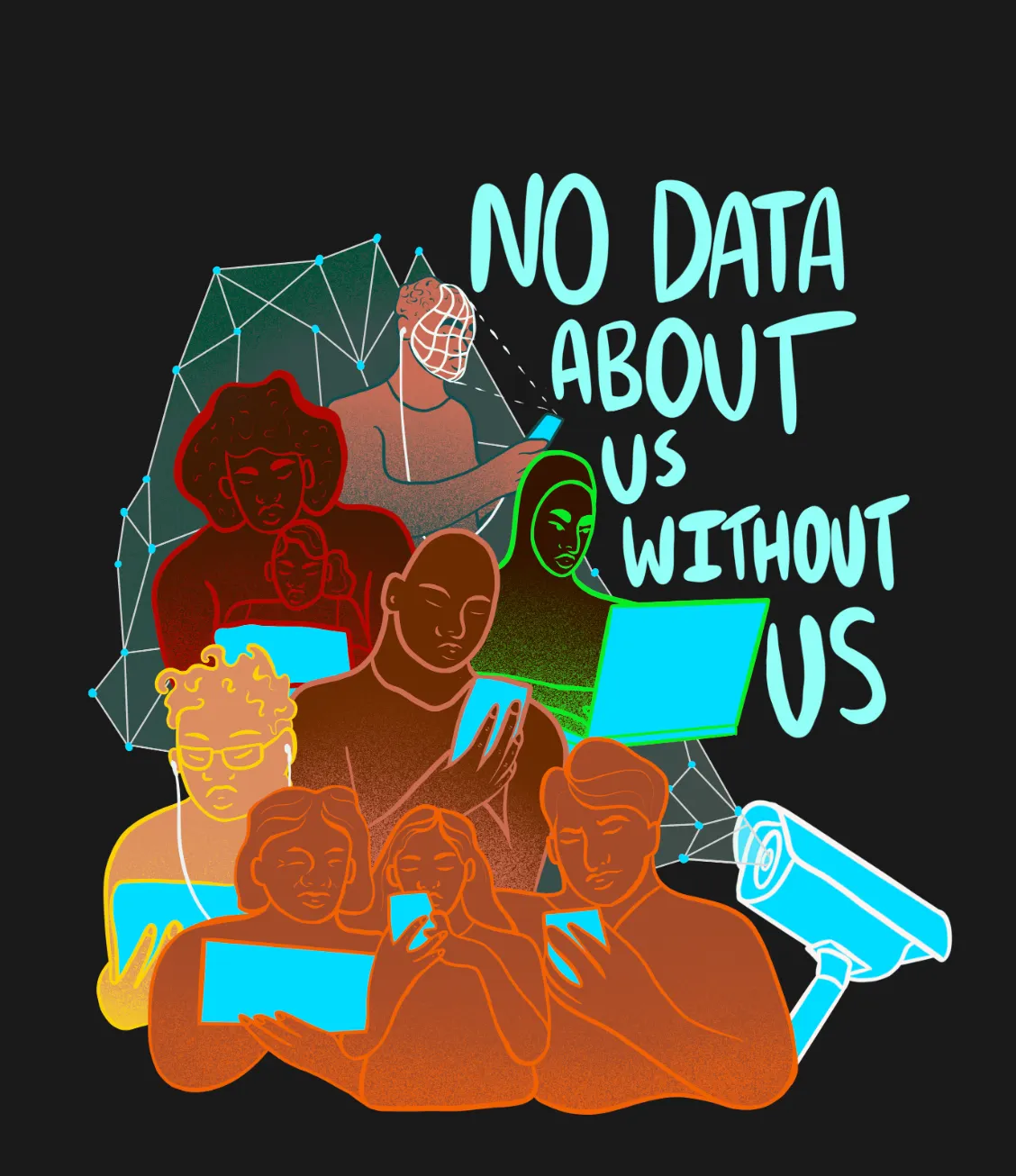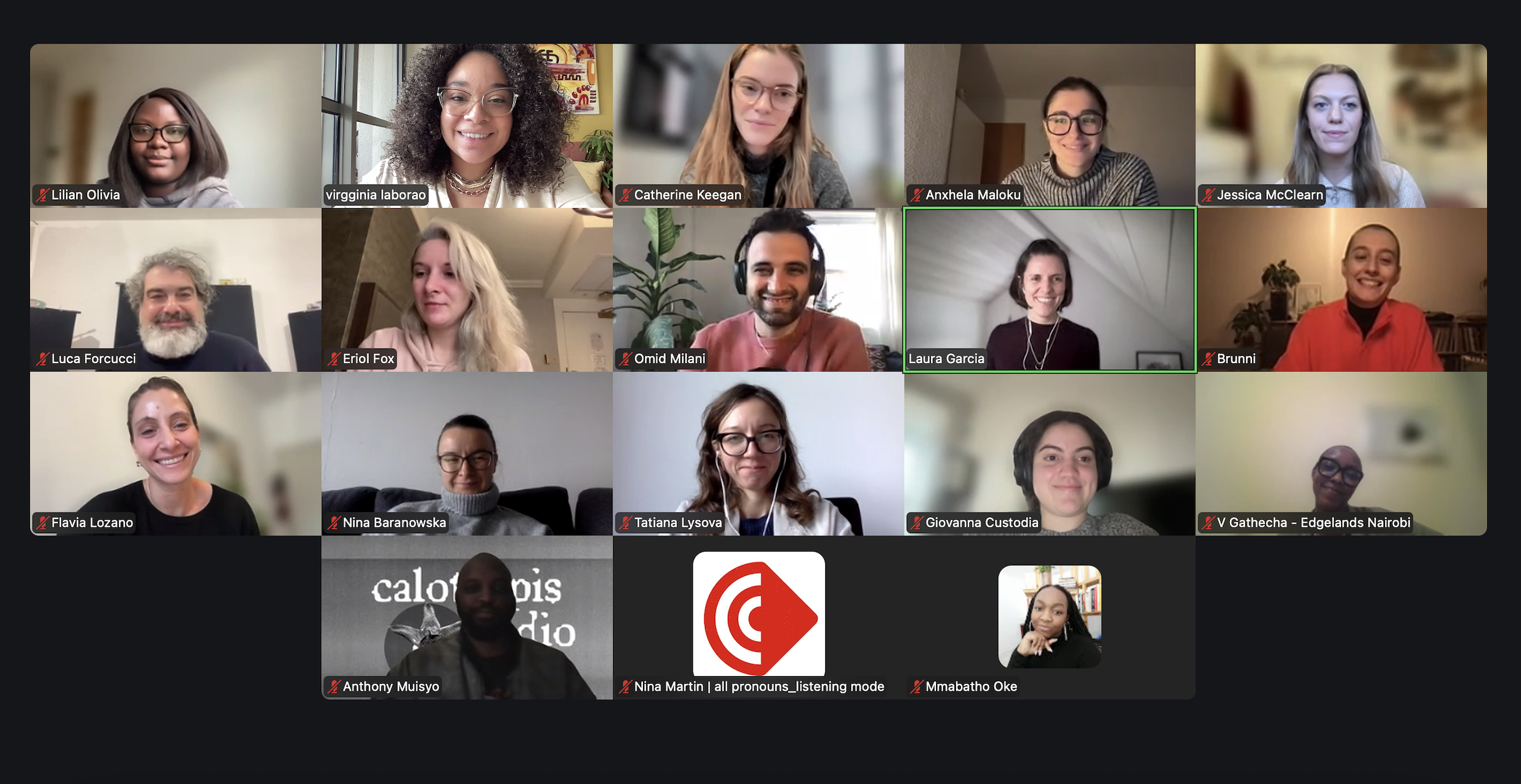Frameworks for negotiating competing interests
This blog post reviews four theories and frameworks that offer some guidelines to balance interests such as efficient governance, justice, fairness, individual liberties, and public safety.
.jpg)
"My Life Through A Lens" in Unsplash
The digital age has brought many changes to all aspects of our everyday life. As federal, state, and local governments implement technologies to facilitate their various functions, they face new challenges in balancing competing interests, among them: efficient governance, justice, fairness, individual liberties, and public safety, to name a few. This balancing of interests is an ongoing negotiation process that presents opportunities for stakeholders to disrupt social inequities.
This blog post reviews four theories and frameworks that offer some guidelines about ways to conduct those negotiations. One approach is to conduct a traditional cost-benefit analysis. Another one is to understand those negotiations as taking part within a system. Another approach is to deconstruct the interlocking socially constructed systems of power to design solutions that center historically marginalized communities. A fourth approach explored here is practicing an ethic of love.
Cost Benefit Analysis
Cost-benefit analysis is a process that businesses and policy-makers often use to analyze which decisions to make and which to forgo. Coming from classical micro-economics, this technique teaches policy-makers to sum the potential rewards expected from a situation or action and then subtracts the total costs associated with taking that action. If that operation yields a positive result it is typically because it is considered efficient, and it should or can be made, while a negative one is that shouldn’t.
Cost-benefit analysis is widely used and is today an important mechanism of government and management. However, and though it is straightforward on its face, this seemingly direct process leaves many questions unanswered, including, importantly, whose costs and benefits are represented and how are they being quantified. It also tends to favor incremental change over systemic change or more imaginative forms of imagining change. Below, I offer a few alternatives that can complement cost-benefit analysis as a means to understand and judge the kind of negotiations processes at play when thinking about policy and social change.
Systems Theory
Systems theory posits that the interactions between smaller systems create complex, larger systems that can be understood across disciplines. As an analytical tool, it allows social-change practitioners to look holistically at conditions and environmental factors to gain a better understanding of why some organization or social arrangement is struggling or not working for all of its members.
The key underlying belief in systems theory is that the whole is more than the sum of its parts. Consequently, the smaller systems are believed to impact and be impacted by the larger, more complex system that they form. A complex system is thought to be moving toward homeostasis, or a steady state. Whenever a new factor affects the systems, the system is believed to adapt for self-preservation and they typically exhibit strong reinforcing and balancing feedback. . Any characteristics that develop in the complex system, or emergent behavior, is believed to be a result of the interlocking relationships between the smaller systems and not due to any one system acting alone. Consequently, system-changing is hard.
Systems theory is useful as a tool to describe the various circumstances that may be shaping a particular problem, but it is not always useful in identifying targeted solutions.
How can systems-thinking be applied to social change?
Systems consultant David Peter Stroh writes about the importance of aligning stakeholders’ immediate self-interests with their highest aspirations when applying systems thinking tools to tackle social issues. This ensures that the results of complex systems align with what the different stakeholders are really trying to accomplish. For example, the immediate self-interest might be whatever results from a particular policy and the highest aspirations might be the vision toward which that policy is aimed at. Stroh believes it is possible for stakeholders to balance their individual and their vision-driven interests. Stroh presents a four-step process to create this necessary alignment: 1) understanding the payoffs to the existing system, 2) comparison between the payoffs and what would be necessary to bring about change, 3) making a trade-off between long-term and short-term interests, and 4) making an intentional prioritization of the interests necessary for change.
TAs with cost-benefit analysis, the trade-offs approach is straightforward on its face, making it sound easy for stakeholders to choose change over maintaining the status quo. However , this seemingly direct process leaves many questions unanswered, including: Whose interests are represented? At what cost is change prioritized? What to do when interests do not align? And what exactly does “change” look like? The comparison proposed by the trade-offs approach is not as easy as it sounds, especially when the decisions impact people.
Systems thinking practitioner and scholar Deborah Frieze thinks, on the other hand, that it’s rather impossible to change big systems that are failing communities - they can only abandon them and start over or offer hospice to what’s dying. For her, it is important, however, for actors to take different roles, creating the new system while also supporting the old system as it dies - as no one benefits from a system that collapses all of a sudden.
Systems theory does not always explain the reasons behind a particular problem. Its application in various fields have shown how, at times, other traditional analyses within a field are better equipped to explain a particular problem. For example, within the field of psychology, systems theory can be applied to understand the various circumstances affecting an individual’s development or mental health (e.g. societal, cultural upbringing, policies). However, systems theory is not the best approach to deal with severe mental illness that may require medication or particular care.
From the Margins: A design justice approach
The reasons behind design justice can be appreciated through Costanza-Chock’s discussion of A.I. systems. Costanza-Chock quotes at length from and encourages implementing the Design Justice Network Principles, which she describes as having been first developed by a group of 30 designers, artists, technologists, and community organizers at the Allied Media Conference in 2015. The Design Justice Network Principles echo the calls of critical theories (Critical Race Theory, Feminist Theories, Environmental Justice, etc.) by centering those directly impacted by racism, recognizing each individual’s expertise in their own lived experience, working toward sustainable and non-exploitative solutions, and operating from a strengths-based rather than deficit-based perspective.
Within their discussion of A.I. systems, scholar and designer Sasha Costanza-Chock alerts us of the risk of reproducing systems that erase people at the margins of society. The author presents their experience as a non-binary, transgender, femme presenting person going through airport security as they are selected for additional inspection after the body scan detects “irregularities” with what the machine is trained to perceive as a body of a particular gender identity or sex assignment. The problem is that the machine is trained to think of gender and sex as binary categories that map perfectly onto each other and onto the bodies it is scanning. Costanza-Chock considers ways in which we can audit algorithms for biases such as this one. Costanza-Chock extends Joi Ito’s critique of capitalist profitability as the key driver of A.I. by including an analysis based on intersectionality and matrix of domination, concepts that were developed by legal scholar Kimberlé Crenshaw and sociologist Patricia Hill Collins, respectively. Costanza-Chock posits that algorithmic bias audits that are based on a single axis of identity (such as race or gender), instead of intersectional analyses, fall short in ensuring algorithmic fairness. She also notes the ways that A.I. relates to domination and resistance at the three levels of oppression within a matrix of domination: personal, community, and institutional. Furthermore, Costanza-Chock identifies Black feminist theorists’ emphasis on situated knowledge over universalist knowledge, that is that all ways of knowing and seeking knowledge emerge from our own standpoint rather than a false belief that all members of one category (e.g. women) have a monolithic experience.
The advantage of critical theories and their applications is that they center and value knowledge and experiences that have been historically devalued in the mainstream. They have been described as oppositional to or beyond the dominant narrative.
Feminist icon and cultural critic bell hooks proposes a path forward for a polarized society in need of healing: an ethic of love. This concept may appeal to those who perceive the current sociopolitical climate as highly divided and contentious. At least in the United States, a series of demonstrations and the January 6th, 2021, attack on the Capitol have highlighted the racial tensions that the country has yet to address openly. bell hooks writes that a love ethic includes letting go “of our obsession with power and domination” and making choices “based on a belief that honesty, openness, and personal integrity need to be expressed in public and private decisions.” bell hooks takes the personal to the political and back – a path familiar in discourses around the digital era. “Were a love ethic informing all public policy in cities and towns, individuals would come together and map out programs that would affect the good of everyone.” She posits that we need a new unified definition for love – one that considers love a verb rather than a noun – to overcome the personal and political challenges that result in a society that has historically defined relationships through gender stereotypes, domination, control, ego, and aggression. According to bell hooks, the solution to modern society’s problems does not lie in merely identifying a common objective, but in redefining the ways we relate to one another by centering affection, respect, recognition, commitment, trust, care, and open and honest communication. In a way, bell hooks calls for individual and collective healing.



